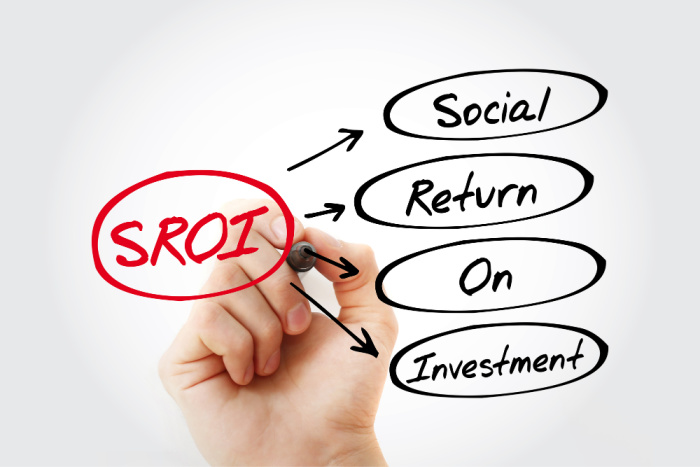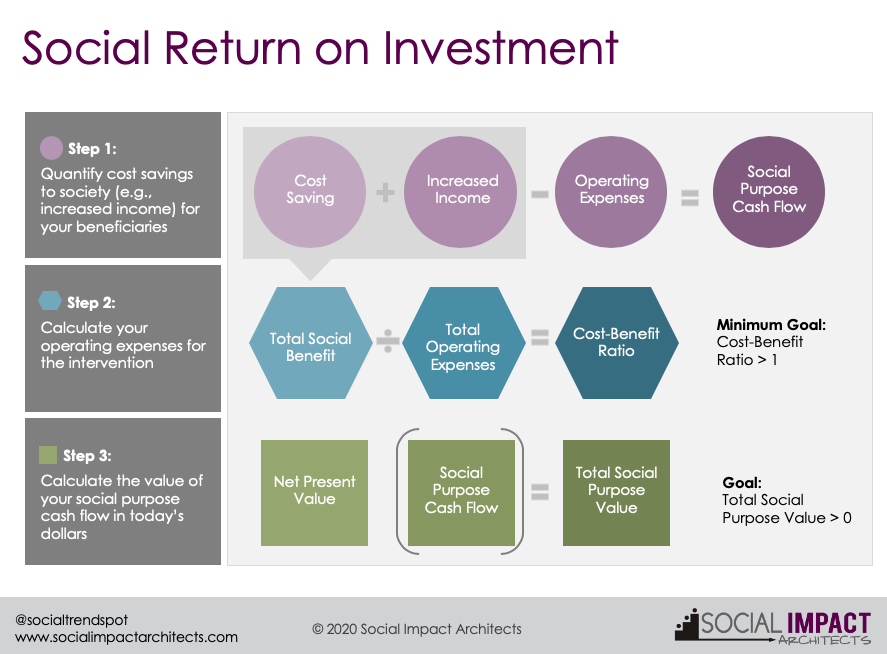 Last month, The New York Times published a great article – Social Programs Can Sometimes Turn a Profit for Taxpayers – that put SROI (social return on investment) and cost-benefit analyses into the mainstream. In it, Seema Jayachandran, an economics professor at Northwestern, shared the highlights of a meta-analysis of 133 social programs done by Harvard professors Nathaniel Hendren and Ben Sprung-Keyser. It showed that “many programs — especially those focused on children and young adults — made money for taxpayers, when all costs and benefits were factored in.” This is important news, especially as funders, government and financial firms are debating the merits of impact investing and Pay for Success as tools to fund these programs.
Last month, The New York Times published a great article – Social Programs Can Sometimes Turn a Profit for Taxpayers – that put SROI (social return on investment) and cost-benefit analyses into the mainstream. In it, Seema Jayachandran, an economics professor at Northwestern, shared the highlights of a meta-analysis of 133 social programs done by Harvard professors Nathaniel Hendren and Ben Sprung-Keyser. It showed that “many programs — especially those focused on children and young adults — made money for taxpayers, when all costs and benefits were factored in.” This is important news, especially as funders, government and financial firms are debating the merits of impact investing and Pay for Success as tools to fund these programs.
It is natural to wonder, “Is the world a better place because of the work we’re doing?” Thankfully, more nonprofits are able to answer this question by using a tool called social return on investment (SROI). To help you start undertaking SROI analysis and determine if it is time for your organization to add it to your impact evaluation, here are answers to your most-asked questions on SROI.
SROI – What Is It (and What Isn’t It)?
At its heart, SROI measures whether or not the benefits of our work outweigh their costs. Like its corporate world counterpart (return on investment), SROI quantifies and monetizes the economic and social value a program is likely to create and compares those benefits to the program’s operating costs over a span of years. For example, a workforce readiness program that increases an individual’s potential to obtain a full-time job may claim societal benefits, such as reduced cost of government assistance (housing subsidies, food stamps, Medicaid) and increased cash flow (individual income, tax collection). The associated operating costs include the programmatic and overhead costs to deliver job-attainment services.
However, there are some things that SROI doesn’t measure. While SROI is one way to measure a program’s impact, it does not prove causality and cannot replace measuring actual outcomes. The strength of an SROI model increases as the organization gains evidence of its outcomes through best practices research or self-evaluation studies. It is also important to note that this model is not comprehensive – there are many unquantifiable social benefits, such as increasing self-confidence or family stability.
How Do You Interpret SROI?
Your program’s SROI (a.k.a., cost-benefit ratio) should be greater than 1. That is, for every $1 invested in the program, more than $1 in societal benefit should be created to justify the expense. Put another way, the bottom line (or profit) of your program is your impact. Americans spend thousands of dollars on a college education, expecting to earn more income through higher-paying jobs than it cost to attain that education. If your program’s SROI is less than 1, the intervention may be generating less benefit to your clients and society than it costs to operate. When that is the case, the organization may want to consider alternative activities that can produce greater benefit at the same cost.
What Are the Next Steps?
The strength of SROI lies in its ability to demonstrate impact. Nonprofits can use it as a powerful storytelling tool to share their value to the community in annual appeals and connect to forms of impact investing, such as social impact bonds or Pay for Success. Likewise, social investors can use it to evaluate the success and payout of similar social investments.
To start investigating this approach, we recommend taking the following steps:
-
- Work with your CFO and/or Finance Chair to ensure you have a firm grasp of your program-related costs – both direct AND indirect – using a methodology such as activity-based costing
- Work with your program team and/or evaluators to conduct secondary research on:
- Cost-benefit analyses or SROI estimates from other organizations with a similar program model
- Assessing individual and community benefits generated by your program model (e.g., less reliance on government assistance, increased likelihood of higher-paying job)
- Research popular SROI tools, such as the one developed by REDF, to decide how to build the best model for your organization
- Bring finance and program teams together to finalize a high-level model and begin inputting data to determine a SROI calculation unique to your organization
- Pressure-test the model with your board and local funders to ensure that you accurately capture your impact
- Refresh the model based on new program and financial data and new research in your field
As we move from a donor to investor mentality, social return on investment can serve as a compelling mechanism to tell your story, because it helps your organization confidently answer the question, “How much of a difference are we making?”. If your organization has recently completed an SROI analysis, please share the results and lessons learned with us and our TrendSpotters.

